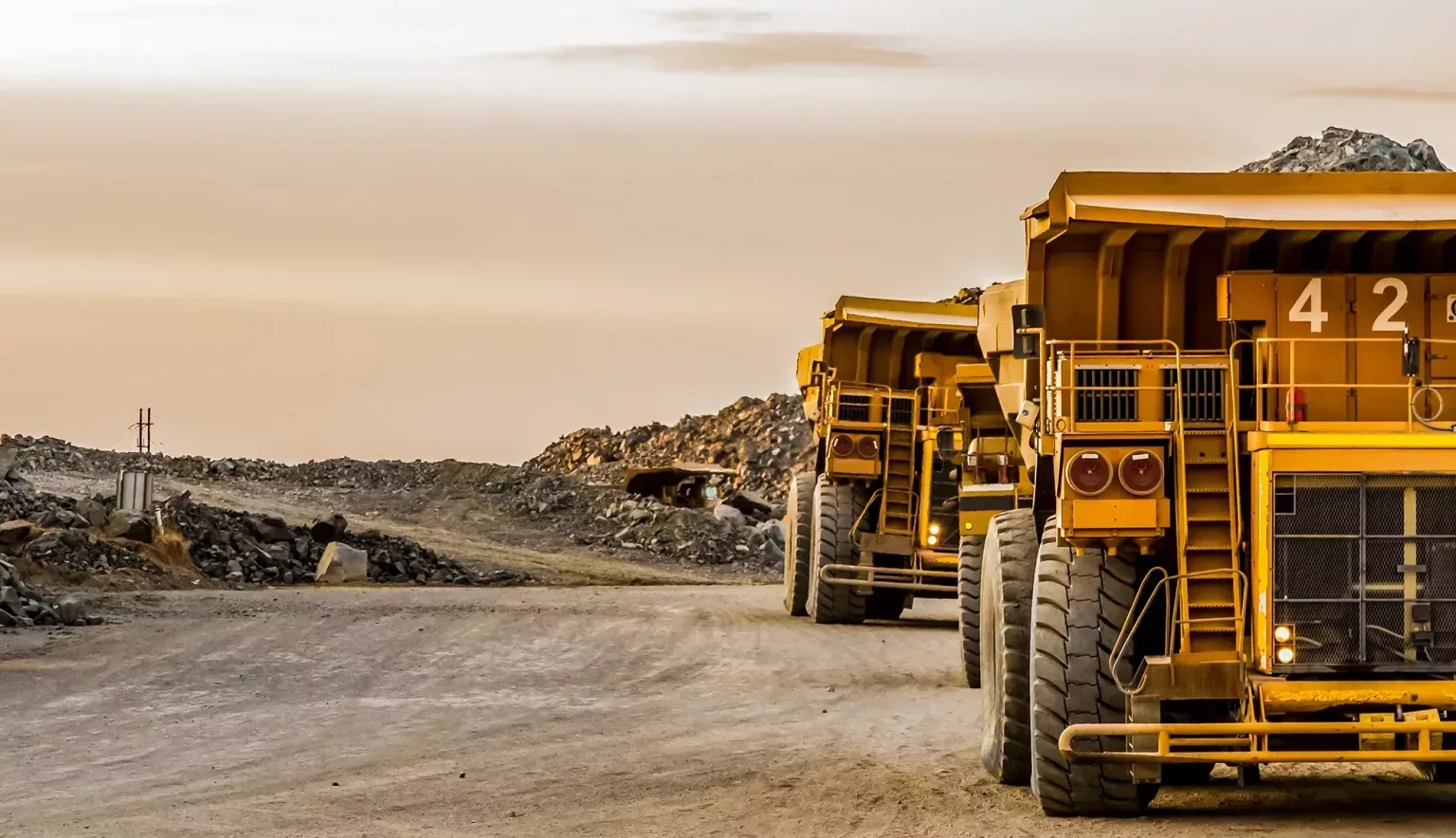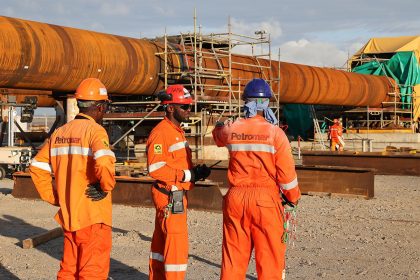A true titan of the Zambian mining industry, Moxico Resources PLC leads the way in the procurement and production of mineral assets. We speak to Theo Silver, Managing Director of Mimbula Minerals Limited, the company’s Zambian subsidiary, that is developing and operating the Mimbula Copper Project.
INTRODUCTION
Zambia’s diverse mining landscape covers the production of a multitude of mineral raw materials, including copper, cobalt, gold, nickel, manganese, emeralds, beryllium, sulphur, zinc, coal, iron ore, steel, limestone, uranium and other platinum group metals.
Mining has long been a significant primary sector industry and a key contributor to the Zambian economy by providing export income, tax revenue and employment for its citizens.
The geology and mineral resource distribution stretches across all 10 provinces of the African nation.
Mineral resource exploitation was originally clustered around the centres of mining operations along the Copperbelt, such as the Konkola and Kitwe mining sites. However, in the last two decades, multiple mining and exploration projects have been approved by the Zambia Environmental Management Agency (ZEMA) and large commercial mines now stretch to the central, north-western and southern provinces.
“The African mining space is very exciting and there is real potential for Africa to become the main hub for numerous commodities,” opens Theo Silver, Managing Director of Mimbula Minerals Limited, the Zambian subsidiary of Moxico Resources PLC (Moxico) that is developing and operating the Mimbula Copper Project (MPC) in Chingola.
The sector is expected to see a significant boost after a more accommodating taxation regime was introduced earlier in 2022. This upwards trajectory will also be supported by the flow-on effect of the implementation of the Cooperation Framework signed between Zambia and the Democratic Republic of the Congo (DRC) in 2022 for the electric vehicle (EV) battery value chain that will require abundant battery metals and battery precursors.
Discussing his life in this ever-expanding industry, Silver explains how, “I started my mining career back in 1997, in the gold mines of South Africa. Ever since then, I have been involved with gold, diamond, platinum, coal, nickel, chrome, and now copper mining. I have worked in large-scale opencast mining for the past 24 years.
“Having grown up in a home where my father was a miner, and then my brother, it seemed to be the logical way for me to go too. I love the fact that not one day is the same in the business of mining; there is no time for getting bored,” he adds.
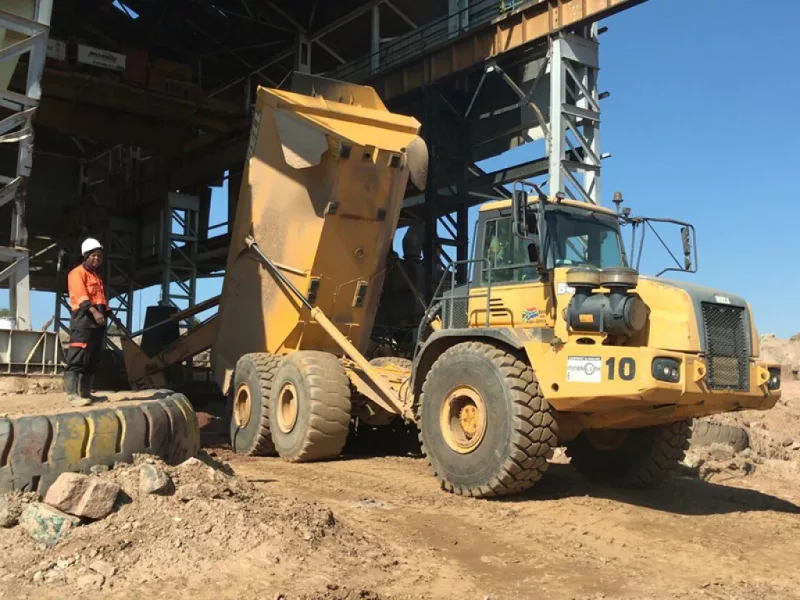
BECOMING A HOUSEHOLD NAME
Moxico is a private operating, development and exploration mining company incorporated in the UK. It has successfully partnered with active Zambian stakeholders to identify, secure and add value to mineral assets in Zambia, a number of which are located in the world-class Central African Copperbelt (CAC) and Zambia’s north-western province.
“At Moxico, we consider Zambia to be one of the best mining jurisdictions in all of Africa,” acclaims Silver.
The CAC is the largest and most prolific sediment-hosted copper province on Earth. It has historically produced 50 million tonnes of copper metal and contains a further 150 million tonnes in known resources. To this day, it remains one of the most prospective high-grade copper-producing regions anywhere in the world.
This is an indispensable asset for Moxico to possess, as the demand for copper is expected to soar in the coming years due to the global shift to a lower carbon economy, where the metal is crucial for its conductive properties.
Moxico’s flagship asset, the MCP, is expected to develop into one of the world-class mines in the CAC which include the Sentinel, Lumwana, Konkola, Kolwezi, KOV, Kinsevere, Tenke Fungurime, Mufulira, Mopani and Chambishi facilities. Together, these efficient sites produce over 1.5 million tonnes of copper metal annually. Moxico’s 61 percent owned Kalengwa asset is also considered to have significant potential. The mine at Kalengwa was closed as a consequence of the fall in copper price in the 1980s but is now being developed as part of Moxico’s ongoing exploration programme.
“Our broad experience and knowledge of the copper market, balanced with our deep commitment to the communities in which we operate, ensures that we can deliver the best results for our stakeholders, employees, and local communities,” Silver declares proudly.
Moxico aims to establish itself as one of the lowest-cost copper producing companies in Zambia, possessing a unique approach to building mines where mostly everything is taken care of in-house, favourably positioning the company in the ultra-competitive mining industry.
“We consider Zambia to be one of the best mining jurisdictions in all of Africa”
Theo Silver, Managing Director, Mimbula Minerals
MIMBULA COPPER PROJECT
Moxico, through its 85 percent owned Mimbula Minerals Limited (the other 15 percent is held by Moxico’s Zambian partners), has successfully started up production and funded the low capital intensity MCP into a low-cost cathode copper producer. Mimbula Minerals Limited holds a large-scale mining licence which was granted in 2017 for 25 years.
Moxico is planning to commission heap leach operations at the Mimbula mine in the last quarter of 2022. This will represent a significant milestone for Moxico, as the company will have achieved the journey from start to full production in less than a year. Work also continues to advance the next phase of development for Mimbula which will see a significant increase in copper production.
The MCP consists of a copper rich oxide and sulphide deposit, located in the Zambian Copperbelt on the outskirts of the town of Chingola. It comprises three mining licences which Moxico owns through its Zambian subsidiaries: the Mimbula and Luano OB18 licences, in which Moxico holds an 85 percent ownership interest, with the remaining 15 percent owned by Moxico’s Zambian partners, and Zuka in which Moxico holds a 100 percent interest.
Environmental and social impact assessment (ESIA) approval has been received and the required permits have also been obtained for the expansive project. The MCP reached a significant milestone in April 2020 as it produced the first copper cathode from the processing of surface material at the KCM plant. Moxico opened the existing Mimbula 2 Pit in October 2020, in order to begin to exploit the high-grade in-situ material.
The development of operations at Mimbula will deliver a considerable economic benefit to the local communities and Moxico plans to pursue its efforts to ensure such development proceeds with the interests of all stakeholders in mind.
“Further upside is provided by its leading land position with highly prospective copper and zinc exploration opportunities across Zambia,” Silver adds.
The JORC Code is fundamental to the way capital markets work in respect to reporting mineral projects. These reports help to provide investors with a level of confidence that appropriate consideration has been taken when assessing the viability of a project. A JORC resource report of this nature, based on the evaluation of the Mimbula deposit was completed in October 2020, showing 93.7 million tonnes at a copper grade of 0.97 percent.
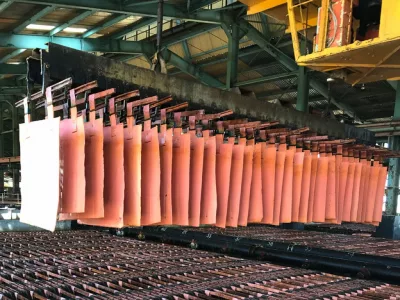
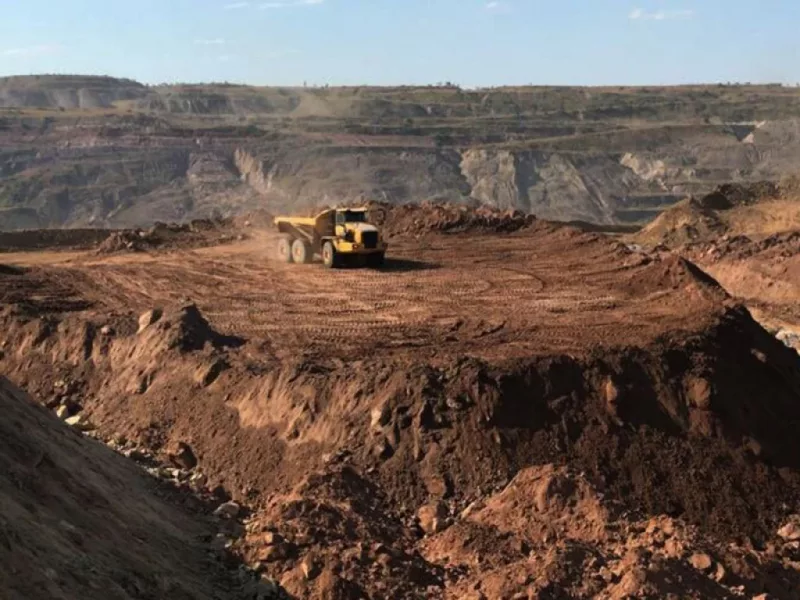
KALENGWA COPPER PROJECT
The Kalengwa project, although located remotely in the north-western province, is viewed as a prized asset. Moxico first acquired an ownership interest in Kalengwa in 2018 and has since increased its ownership in the project to 63 percent, with the remaining interest owned by Zambian partners. The Kalengwa project benefits from the support of local communities and the traditional leaders, and is an example of ensuring strong connection and engagement with local communities when retaining a social licence to operate.
Moxico currently has over 400 employees at its Kalengwa site as it undertakes extensive exploration to accelerate development of a new mine at Kalengwa and is preparing a plant to process the legacy tailings, stockpiles and dumps.
AN EVER-GROWING PORTFOLIO
Elsewhere, Moxico continues to juggle a multitude of other ongoing projects. Moxico is confident these projects will deliver value as low-cost and capex light operations, ensuring safe and fair practices for all Moxico employees and contractors.
Additionally, the company has a prospective portfolio of scalable copper, cobalt and zinc projects located in Zambia.
“As we continue to move forward, we have a great team handling the current discovery works and doing an exceptional job with our exploration programme, especially at the Kalengwa site,” Silver adds.
The company’s other assets are in the exploration phase with the intention of prioritising the most prolific higher up the development curve.
FUTURE EXPLORATIONS
At the Samba North property, which is wholly owned by Moxico, the Large-Scale Exploration Licence (LSEL) was renewed in late 2019. This particular licence extends south of the Mimbula property, now covering a sprawling expanse of 10,154.58 hectares. The Environmental Project Brief (EPB) has been approved for this project, allowing Moxico to commence exploration, and to generate and then fulfil its high-quality drill targets for 2022.
The company foresees that Samba North will provide significant value to the already bountiful resource base and will supplement future expansions at Mimbula.
The Nchanga Nose site, which is 80 percent owned by Moxico, has an LSEL with an area covering 9,141.3 hectares. The property is underlain by basement rocks as well as the northern extension of the Lower Roan sequence that hosts the giant Nchanga deposit.
Exploration drilling was completed in 2021, resulting in the discovery of several anomalies which has warranted further drilling in 2022. The licence will complement operations at Mimbula within the Chingola cluster of properties.
Regarding the Mufumbwe Cluster, the Kamikochi license, owned 80 percent by Moxico, has been reissued as an LSEL with a licence area of 26,831.938 hectares. The licence contains three prospects with Kansanshi-style Cu-Au stratigraphy and mineralisation with proximity to an intrusive dome. Extremely encouraging results were achieved during the recent drilling at this site, therefore warranting further evaluation and drilling across 2022.
Moxico has an 85 percent stake in the Kaoma licence facility, with an area covering 17,082.672 hectares and LSEL. Previous exploration at this site has identified Cu-Au occurrences. With an EPB in place, Moxico has conducted soil sampling activities in the area over 2021, showing positive geology results warranting a follow-up drilling campaign in 2022.
The Kalengwa East licence, owned completely by Moxico, covers 16,989.242 hectares with an LSEL. It adjoins the Kalengwa mine area to the east and is well known for the high copper grades from previous operations in the 1960-70s. Historical data compilation and potential soil sampling are now required to check for parallel mineralised structures to the Kalengwa deposit. The area is underlain by a similar stratigraphic sequence as in the Kalengwa mine area. Exploration drilling was completed in late 2021, resulting in several anomalies discovered by Moxico and a follow-up drilling campaign to come this year.
Elsewhere, the Solwezi East licence, also wholly owned by Moxico, lies north-east to the provincial capital Solwezi of the mineral-rich north-western province and covers 46,093.835 hectares. This deposit contains the same Kundelungu strata that hosts the Kansanshi deposit. A systematic exploration programme has been proposed over 2022 for this licence to confirm mineable copper targets.
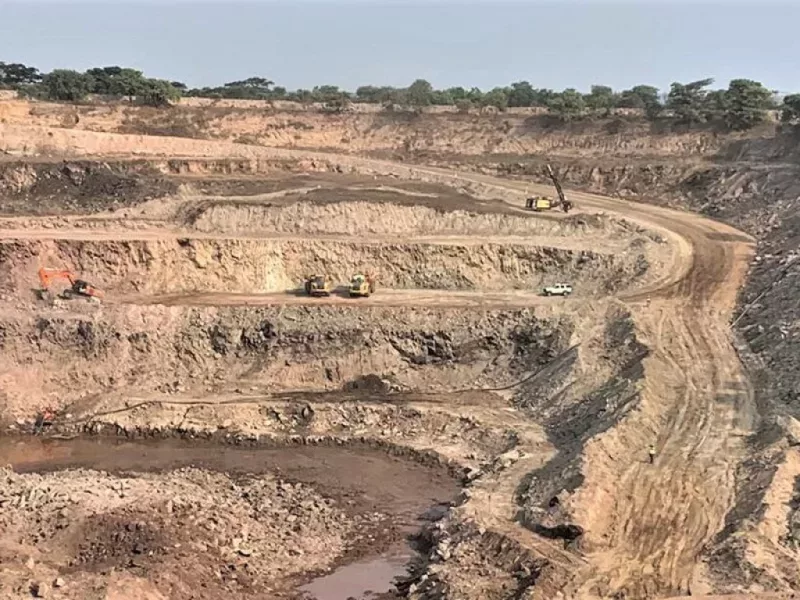
COMMITTED TO ZAMBIA
Moxico remains committed to using local suppliers as far as possible and subsequently aims to continue contributing to meaningful economic and social development within Zambia. This would not be achievable if mining operations existed as enclaves, disconnected from the rest of the country in which it operates.
“The right suppliers are crucial to any project, and at Moxico we always aim to ensure that we get the right quality of service at the best possible price,” Silver explains.
He firmly believes that there are certainly benefits to be found from utilising a work team made up almost entirely of Zambians. For example, hiring local workers can help minimise project costs in the long term, through reduced transport costs and greater employee retention.
“Of course, we also want to play our part in supporting national priorities for job creation, human capital development and inclusive economic growth,” he adds. Silver is also acutely aware of how a happy, fulfilled workforce is key to a smooth-running operation at all Moxico facilities.
“Because most of our employees can be with their family each day, they are able to find a better work-life balance, which consequently creates positive morale in the workplace and ensures a healthy wellbeing amongst Moxico’s staff members,” he concludes enthusiastically.



